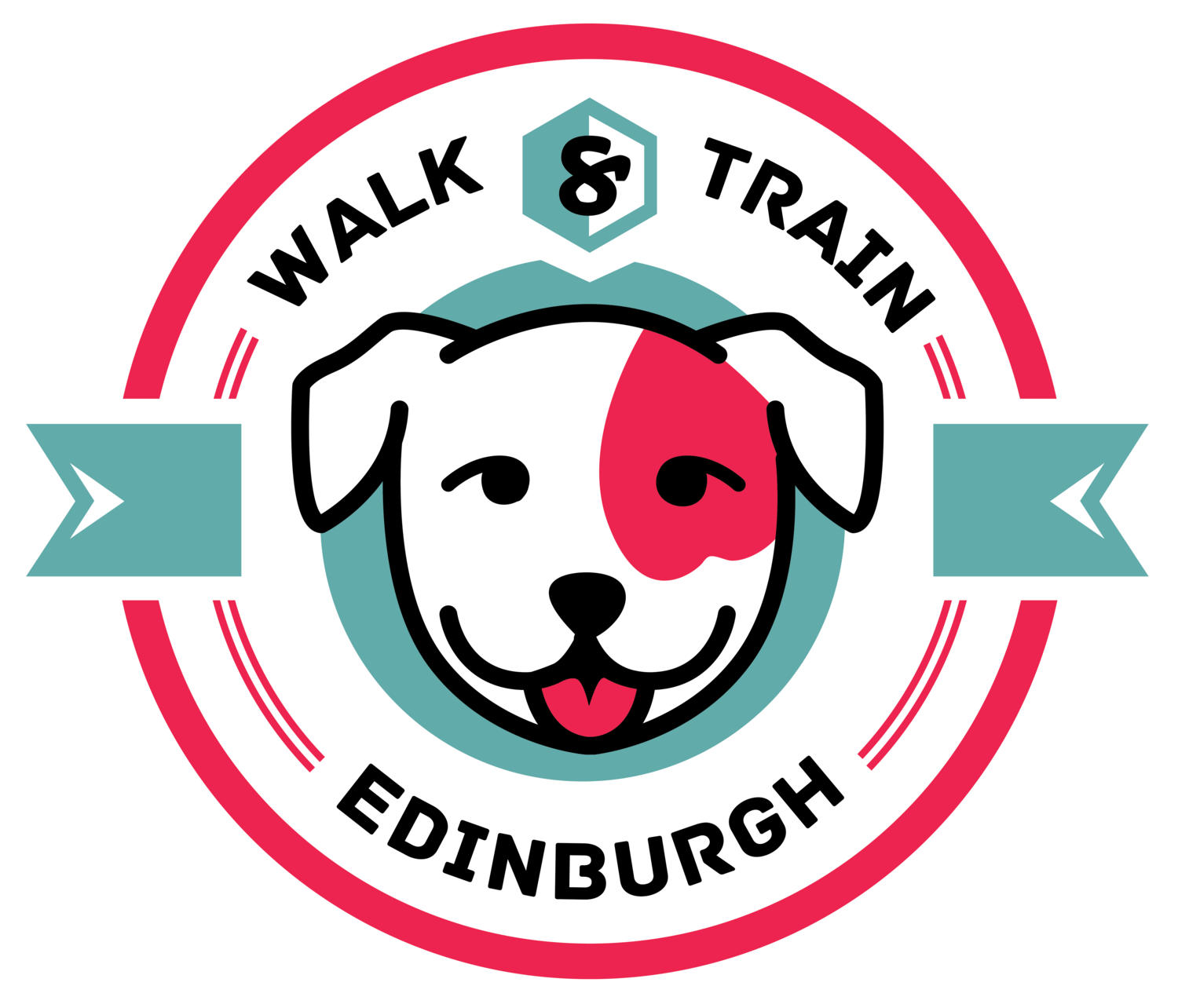3 Tips for Training Your Dog
Two years ago, we did a short clip for Channel 4’s Jo Brand’s How to Stay Sane in a Mad World. The program was an A to Z guide for things to look forward to during the first lockdown winter. Our part, P is for Puppy Power, was based on my top 3 tips for new dog owners. I thought I’d dive into them in a bit more depth here so that more dog owners can access them. You can watch the segment HERE.
Socialisation
For both puppies and adult rescue dogs, it is important to expose them to new people, dogs and environments in a controlled way. Part of this means teaching them that they do not need to interact with every person or dog they come across. Doing so can either put a lot of pressure on your dog (if unsure), or create frustration with time (if overexcited and denied interaction). It also has a tendency to impact your leash walking and recall in a negative way if you are not mindful of your timing when you allow meetings. Using food is an easy way to help manage your dog past distractions calmly.
You can read more about frustration here and about using food in training here. We also have a post about how to fade food in training here.
2. Games
Helping your dog feel satisfied and fulfilled is at the heart of everything we do when we start training a new dog. We believe that there is no better way of building the bond than to provide outlets which tap into your dog’s natural genetic dispositions. Your dog’s breed might give you clues to what games they enjoy, but it is always good to test their individual preferences as well. Play also provides a great opportunity to work on obedience in a fun way.
You can read more about biological fulfilment and planning your dog’s activities here. Since most dogs enjoy using their nose, we have a lot of examples of scent games here as well as an outline of teaching nose work here.
3. Settling
There are so many benefits to teaching your dog to settle on a dog bed. If you have a dog who is overexcited or overstimulated on walks, helping them settle inside the house gives them more time to rest and recover. It can also be used as an incompatible behaviour to manage your dog around guests, food or in new indoor spaces. For many dogs, it can be a safe space for them to go to when they need some down time.
